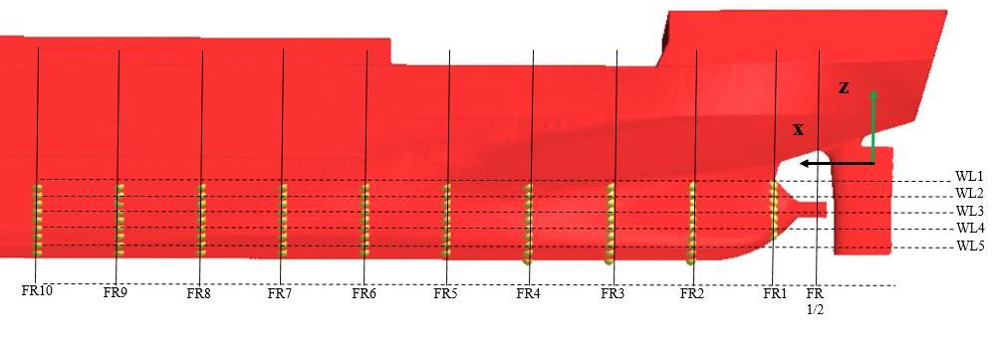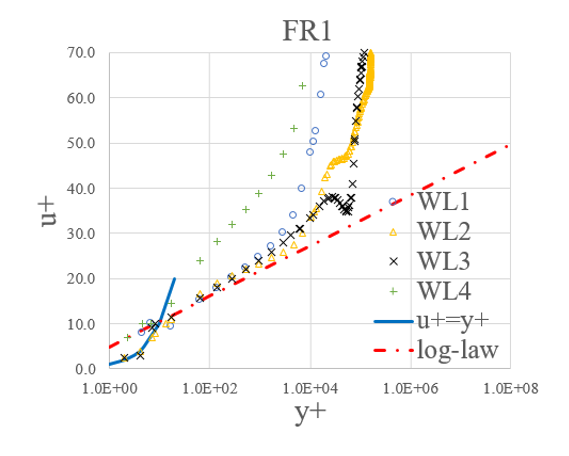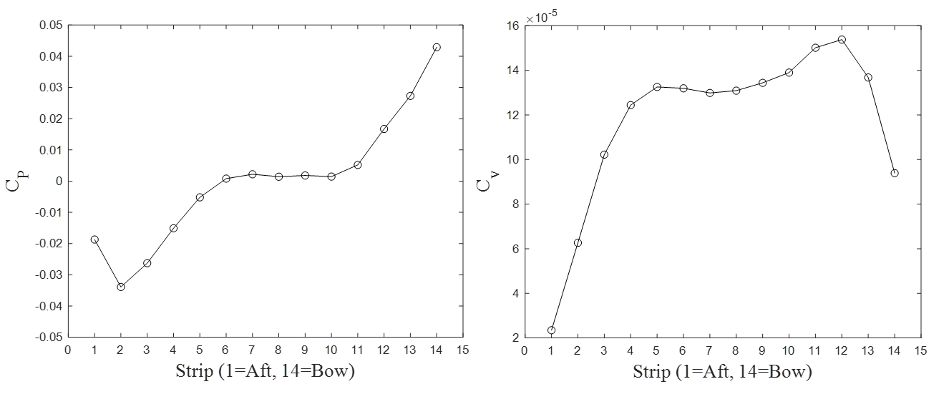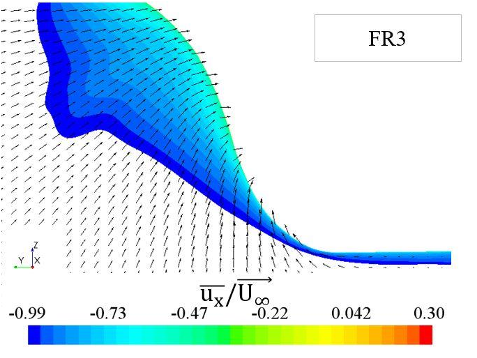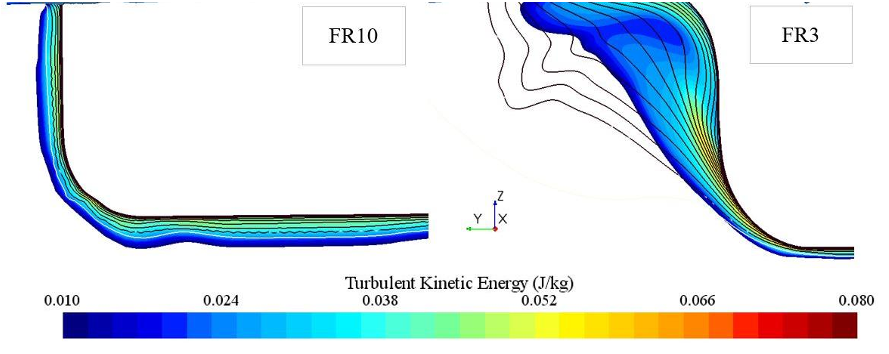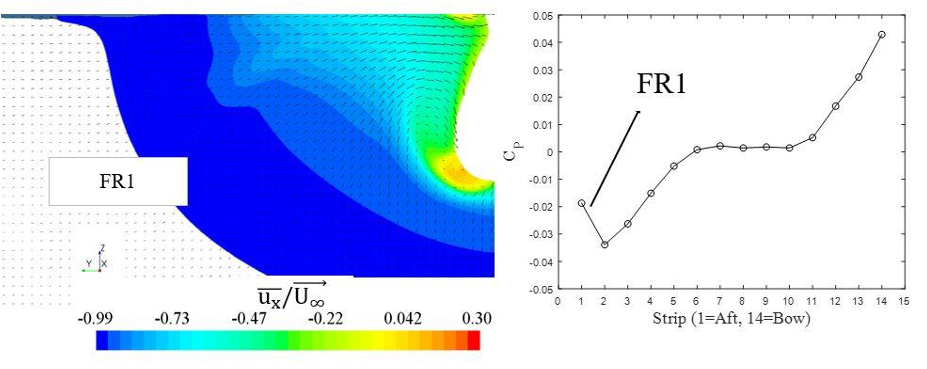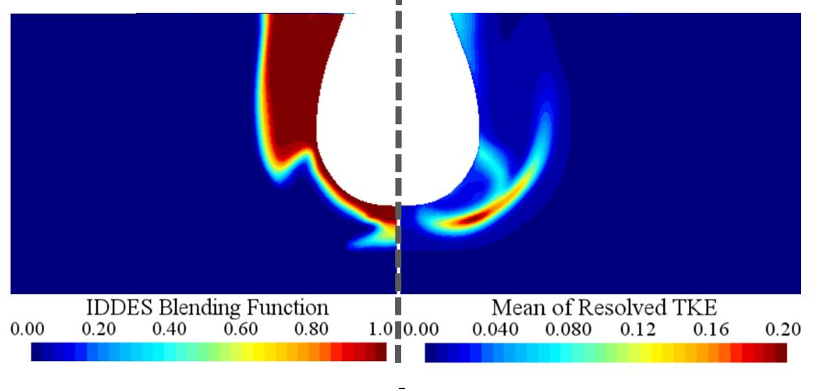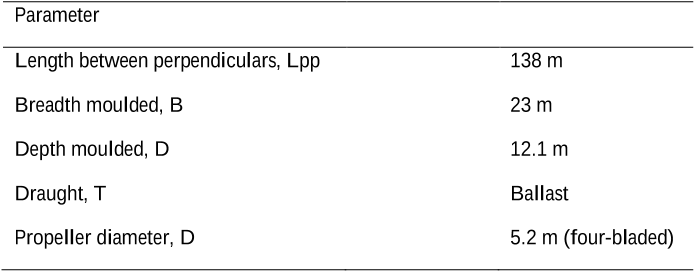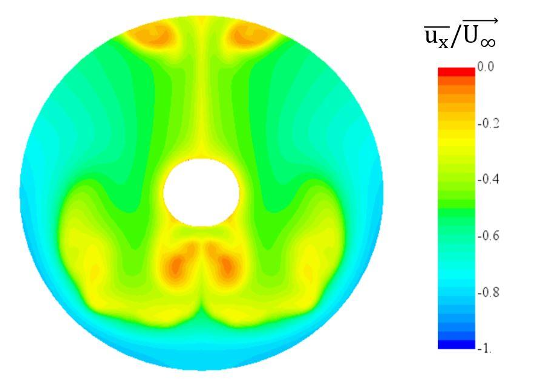Q1. What contributions have the authors mentioned in the paper "Detailed analysis of the flow within the boundary layer and wake of a full-scale ship" ?
This article presents a detailed numerical flow assessment of the boundary layer and wake of a full-scale cargo ship. The analysis method followed during this work has been a determinant factor for fast and efficient design of energy saving devices, propellers or rudders that work within the limits of the boundary layer of a ship. In particular, this thorough analysis avoided the necessity to use the commonly used practice of trial and error that is typically followed in the maritime industry.

